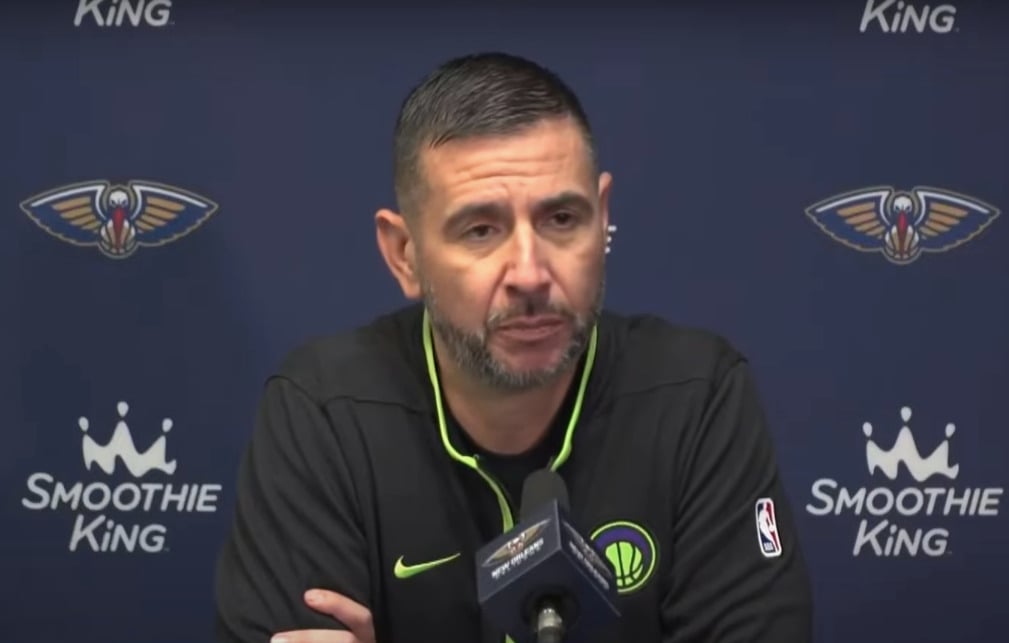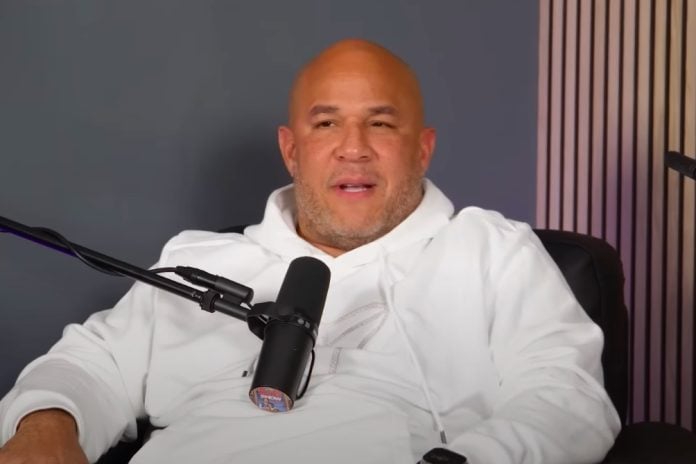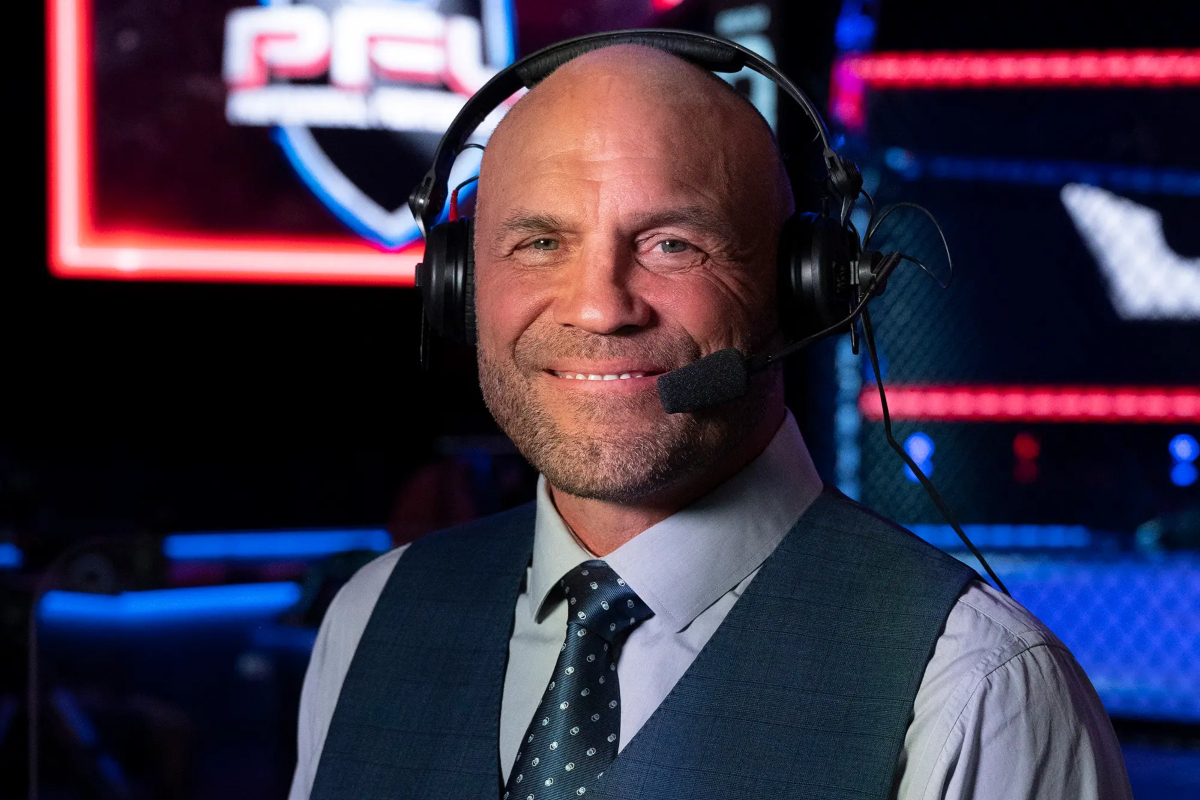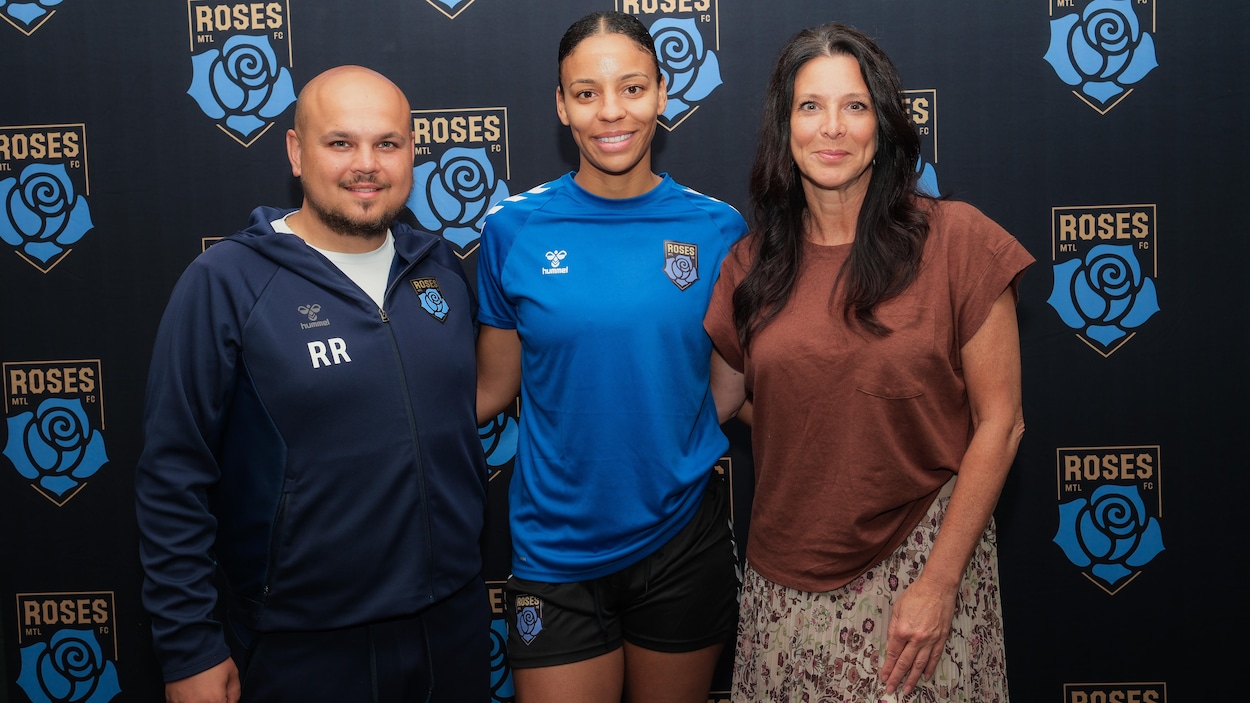PROTECT YOUR DNA WITH QUANTUM TECHNOLOGY
Orgo-Life the new way to the future Advertising by Adpathway Sergio Estrada, Steven Bisig, Kirby Lee-Imagn Images
Sergio Estrada, Steven Bisig, Kirby Lee-Imagn ImagesAnd so ends another action-packed trade deadline. It came in with a whimper, with a quiet Adam Frazier trade to the Royals, but it ended in an exciting crescendo during which seemingly every reliever in baseball moved to a new team in a 45-minute period. Whoever said comparison is the thief of joy had never heard of the ZiPS projections, here to distill that bullpen beauty pageant (and the rest of deadline period’s action) into some cold hard numbers estimating what all these moves actually mean in the big picture.
Deciding who “won” or “lost” the trade deadline is a fairly tricky philosophical question, since different teams come into deadline day with different goals. So instead, I’ll focus on a simpler question: Who helped their 2025 chances the most? That’s a more straightforward inquiry, one a projection system can assess. For this, I used my usual methodology, first projecting the league as it currently stands using the full-fat ZiPS projections, and then re-projecting the league as it stands, but having unwound every transaction made since the Frazier trade on July 16.
As a reminder, just because a team is low in the table doesn’t mean they failed in their goals, just that they’re worse for the rest of the 2025 season than they would have been without making any moves. The table below is sorted by change in playoff probability by default, but you can sort it however you’d like by clicking on the header of any column:
ZiPS Trade Deadline Projection Changes
| San Diego Padres | 20.8% | 11.9% | 8.9% | 88.1% | 75.9% | 12.2% | 7.3% | 3.9% | 3.4% |
| Seattle Mariners | 17.2% | 15.5% | 1.7% | 71.7% | 65.5% | 6.2% | 5.7% | 4.6% | 1.1% |
| Boston Red Sox | 8.7% | 8.4% | 0.3% | 60.2% | 56.5% | 3.7% | 2.4% | 2.2% | 0.2% |
| Philadelphia Phillies | 51.7% | 50.5% | 1.2% | 96.0% | 94.0% | 2.1% | 9.8% | 8.8% | 1.0% |
| New York Yankees | 48.6% | 46.2% | 2.4% | 93.0% | 91.3% | 1.7% | 12.2% | 11.3% | 0.9% |
| New York Mets | 48.3% | 49.5% | -1.2% | 95.4% | 93.8% | 1.6% | 8.0% | 7.6% | 0.4% |
| Chicago Cubs | 49.0% | 46.5% | 2.6% | 97.3% | 96.7% | 0.7% | 7.5% | 7.9% | -0.3% |
| Houston Astros | 78.1% | 79.2% | -1.1% | 96.2% | 95.6% | 0.5% | 12.4% | 12.2% | 0.2% |
| Texas Rangers | 4.7% | 5.3% | -0.6% | 37.9% | 37.4% | 0.5% | 1.5% | 1.6% | -0.1% |
| Detroit Tigers | 92.2% | 90.6% | 1.7% | 96.1% | 95.7% | 0.4% | 5.9% | 6.5% | -0.6% |
| Toronto Blue Jays | 42.2% | 44.6% | -2.4% | 91.4% | 91.0% | 0.4% | 4.2% | 4.4% | -0.3% |
| Chicago White Sox | 0.0% | 0.0% | 0.0% | 0.0% | 0.0% | 0.0% | 0.0% | 0.0% | 0.0% |
| Washington Nationals | 0.0% | 0.0% | 0.0% | 0.0% | 0.0% | 0.0% | 0.0% | 0.0% | 0.0% |
| Colorado Rockies | 0.0% | 0.0% | 0.0% | 0.0% | 0.0% | 0.0% | 0.0% | 0.0% | 0.0% |
| Athletics | 0.0% | 0.0% | 0.0% | 0.0% | 0.0% | 0.0% | 0.0% | 0.0% | 0.0% |
| Milwaukee Brewers | 50.4% | 52.8% | -2.4% | 97.3% | 97.3% | 0.0% | 6.1% | 7.4% | -1.3% |
| Pittsburgh Pirates | 0.0% | 0.0% | 0.0% | 0.0% | 0.1% | 0.0% | 0.0% | 0.0% | 0.0% |
| Los Angeles Dodgers | 79.1% | 87.8% | -8.7% | 99.0% | 99.1% | -0.1% | 14.7% | 17.4% | -2.7% |
| Atlanta Braves | 0.0% | 0.0% | 0.0% | 0.1% | 0.2% | -0.1% | 0.0% | 0.0% | 0.0% |
| Kansas City Royals | 2.6% | 2.5% | 0.1% | 13.3% | 13.5% | -0.2% | 0.4% | 0.5% | 0.0% |
| Los Angeles Angels | 0.0% | 0.0% | 0.0% | 0.9% | 1.1% | -0.3% | 0.0% | 0.0% | 0.0% |
| Miami Marlins | 0.0% | 0.0% | 0.0% | 0.6% | 1.0% | -0.3% | 0.0% | 0.0% | 0.0% |
| Tampa Bay Rays | 0.4% | 0.7% | -0.2% | 10.4% | 12.2% | -1.8% | 0.3% | 0.4% | -0.1% |
| Baltimore Orioles | 0.1% | 0.1% | -0.1% | 2.6% | 4.6% | -2.0% | 0.1% | 0.2% | -0.1% |
| Arizona Diamondbacks | 0.0% | 0.1% | -0.1% | 0.9% | 3.9% | -3.0% | 0.0% | 0.2% | -0.1% |
| Cincinnati Reds | 0.4% | 0.4% | -0.1% | 12.5% | 15.7% | -3.2% | 0.2% | 0.3% | -0.1% |
| Minnesota Twins | 0.9% | 1.4% | -0.5% | 5.7% | 9.1% | -3.4% | 0.2% | 0.5% | -0.3% |
| San Francisco Giants | 0.1% | 0.3% | -0.2% | 4.5% | 8.9% | -4.3% | 0.1% | 0.2% | -0.2% |
| St. Louis Cardinals | 0.2% | 0.3% | -0.1% | 8.2% | 13.6% | -5.4% | 0.2% | 0.4% | -0.3% |
| Cleveland Guardians | 4.3% | 5.5% | -1.2% | 20.8% | 26.4% | -5.7% | 0.8% | 1.3% | -0.5% |
In terms of sheer impact, it was a surprisingly peaceful deadline. While a lot of relievers changed teams, top relievers just don’t have the same value as top starting pitchers or top position players, and relatively few of the latter two categories were traded this July. The trades of Merrill Kelly and Shane Bieber, who I’d argue were the two likely most valuable rest-of-season starters traded, aren’t exactly going to set off a panic in the streets.
According to the ZiPS projections, the biggest winner here is the Padres. Mason Miller is terrific and JP Sears is a usable starter who the Padres really needed, and both Ryan O’Hearn and Ramón Laureano are nearly custom fits in terms of addressing the worst parts of San Diego’s offense. Nestor Cortes and Will Wagner both have value as well. The team’s depth was a big worry in ZiPS, and that suddenly looks a lot better. Also helping out the Padres was the the Giants’ decision to throw in the towel on their quickly waning playoff chances, as well as the fact that the Dodgers, while picking up some good prospects, didn’t really improve their current roster significantly.
The Mariners also rank very highly with their acquisitions of Eugenio Suárez and Josh Naylor. ZiPS isn’t particularly bullish on either, but the computer certainly likes both of them better than the players they’re replacing. The Caleb Ferguson trade was a much smaller one, but it does marginally improve the bullpen. The swing would have been a little closer to the Padres if not for the Astros, who made a surprise reunion with Carlos Correa, and also added Jesús Sánchez and Ramón Urías. ZiPS thinks the Mariners’ additions are stronger, though I think fans — at least the ones on the internet — are a little too quick to dismiss Correa.
I was surprised that ZiPS was so positive about the Red Sox, since Dustin May and Steven Matz don’t feel like huge additions. But ZiPS thinks the Red Sox upgraded a larger weakness than the Yankees or Blue Jays did, as it was quite down on the back of Boston’s rotation. ZiPS also thinks that May still has a lot more upside than his 2025 ERA would suggest. Matz is tricky to use given his platoon splits and the fact that the pure LOOGY is dead as a thing, but he’s at least marginally useful to the team.
The Phillies/Mets battle looked like a stalemate and it still does. Both teams were active, but their additions were comparable, meaning neither really gained that much ground, though both get a slight bump in terms of World Series percentage.
Without a lot of top starters that teams felt they had to move, the starting pitcher market was extremely tight, so the Cubs were unable to address their biggest weakness in a significant way. While they did add Michael Soroka, ZiPS is a lot less impressed than Steamer is, though it does like the pickups of Andrew Kittredge, Willi Castro, and Taylor Rogers. The Reds had an unusual trade deadline in that they picked up a surprisingly large amount of money for them (at least $38 million or so) with the acquisition of Ke’Bryan Hayes, but actually saw their playoff probability go down. The projections are a lot more skeptical about Hayes after he has stayed healthy this year and still hasn’t hit.
The Rangers had a bit of an odd deadline in that they reinforced a team strength by bringing in pitching, but left the offense as is. The lineup has had a solid July after a miserable first half of the season, but ZiPS sees their group of hitters as middling at best.
So what were your favorite moves of the deadline? Which team do you think triumphed, even if the projections were unimpressed, and which rebuilding/retooling team did the best job of building for the future? Let us know in the comments!
Dan Szymborski is a senior writer for FanGraphs and the developer of the ZiPS projection system. He was a writer for ESPN.com from 2010-2018, a regular guest on a number of radio shows and podcasts, and a voting BBWAA member. He also maintains a terrible Twitter account at @DSzymborski.


 15 hours ago
1
15 hours ago
1


![[Highlight] “Give me a couple more looks like that!” The Marlins broadcast finds a sad yankee fan](https://external-preview.redd.it/cDZ5ZHl3bWt2aWdmMSLKQWJHViJEf2EOxXipmE7oeKkqYy5z2XU8u516P1OE.png?width=640&crop=smart&auto=webp&s=ba5c7f3687942e5b57f1609b70a4e57d0ce823f2)














 English (US) ·
English (US) ·  French (CA) ·
French (CA) ·